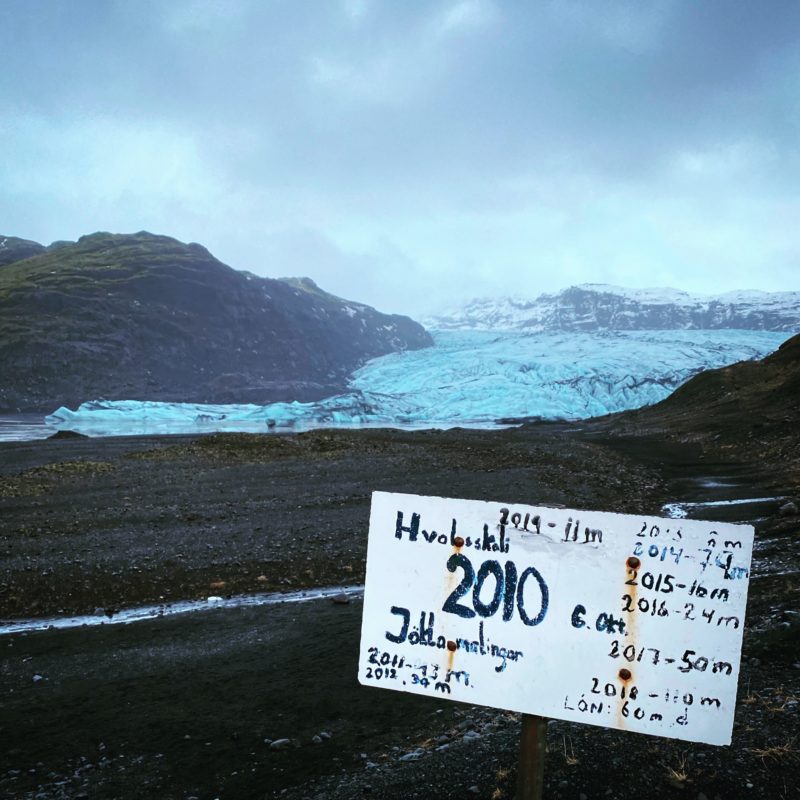A land of fire and ice and everything wise…….
After spending about a week in Iceland I was particularly impressed with the Iceland sustainability ethic.
Apart from its stunning landscape and (ofcourse) the ethereal northern lights, Iceland possesses a culture of sustainability that’s embedded in many aspects of Icelandic life. How do they do it, I wondered, as we traveled through this beautiful country; and is it possible to replicate at home?
What is the Iceland Sustainability Model?

In Iceland, it’s clear that sustainability is a way of life. I’ve learned that Reykjavik is one of the more sustainable cities in the world, but I spotted evidence of eco-friendly behavior even in our travels throughout the countryside.
Renewable Energy Dominates
The first hotel we stayed in was situated, incongruously, near a power plant. This plant, however, wasn’t your standard power station, spewing out noxious smoke. It’s a geothermal plant that uses hot steam to power generators and heat water. In fact, along with hydropower, over 85% of Iceland’s energy supply is from renewable energy sources — more than any other nation.
A Zero Waste Mentality
Signs of a zero waste way of life greeted me as I walked along the cold, yet beautiful street of downtown Reykjavik. I got my caffeine fix at Penninn Eymundsson bookstore, which conveniently housed an inviting coffee shop.



While waiting for my coffee, I surveyed the café’s countertop. There was the usual coffee-related paraphernalia – cups and lids, spoons, straws, condiments – but I noted, happily, that all items were either reusable or biodegradable. Instead of plastic straws, for example, Penninn provides customers with a sturdy black paper version. Spoons are either bamboo (for takeout) or reusable metal. Sugar sits in loose bins instead of being packaged in individual sachets. It all was such a sensible way to minimise single-use waste, even in a take-out coffee shop.
During the course of our trip, I spotted numerous examples of zero or low-waste efforts, from bamboo paper cups to an ingenious reusable box/container that’s perfect for meals, storage, or gift wrap replacement.
Climate Change in the Classroom




In Iceland, sustainability is one of the national curriculum’s fundamental pillars of education, with climate change instruction an integral part of their national program.
Since 2010, local students have measured and documented the Sólheimajökull glacier’s annual retreat (nearly 400 meters) on a handwritten sign, which marks the glacier’s original location. It’s a stark visual of climate change in action.
The Iceland Sustainability Model: Challenges

Is there room for improvement with the Icelandic way of life? Absolutely. I also recognise that my trip to Iceland was brief, and I didn’t have the time to cast a more critical eye on Iceland’s sustainability efforts. Some Icelanders still believe that melting glaciers were not a result of climate change!
Since my return home, I’ve done further research on Iceland’s sustainability challenges. For one, Iceland’s carbon emissions from the transportation sector (vehicle and air) have seen an increase in recent years, partly due to the growing tourism industry.
Iceland also needs to catch up with some more aggressively “eco-motivated” (mainly European) nations that take the top spots in sustainability.
Adopting A Different Mindset Here at Home




Instead of ignoring environmental challenges, the Icelandic government continues to make a concerted effort to be a leader for its people in finding solutions. This approach, for example, has Iceland now on a path to reducing carbon emissions and outweighs the occasional Icelandic naysayer.
Let’s extract those elements of the Icelandic sustainability culture that lead themselves to a sustainable lifestyle and customize them for our nation. Somethings that we can easily adopt:
- Increasing our dependence on renewable energy.
- Reducing our dependence on single-use disposables.
- Increasing and promoting climate education programs to help inspire and inform a new generation.
- Responding to climate challenges with substantive public policy measures, not greenwashing.
- Pressuring our elected officials and governments to be leaders on and champions of environmental policy.